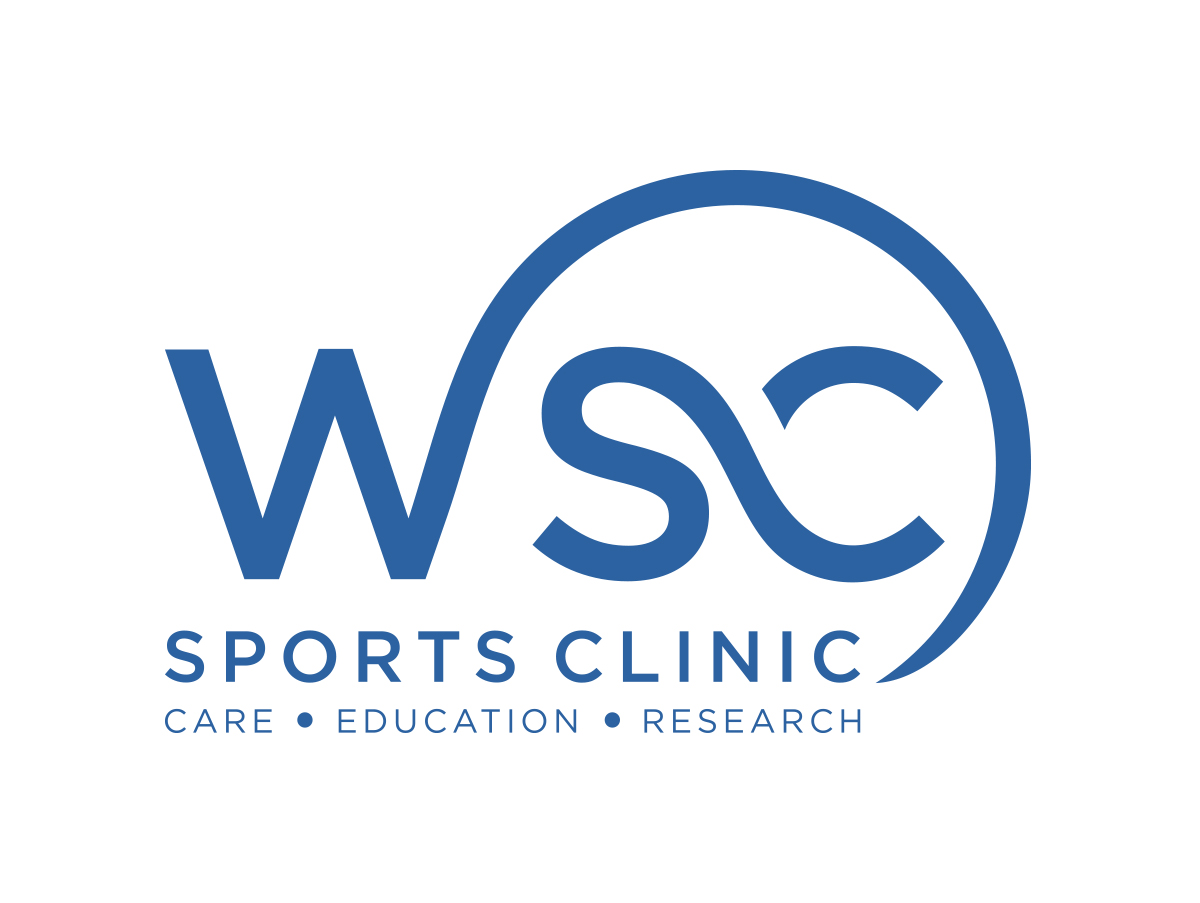
Shoulder injuries and sports-related shoulder pain are substantial burdens for athletes performing a shoulder loading sport. The burden of shoulder problems in the athletic population highlights the need for prevention strategies, effective rehabilitation programs, and a individually based return-to-play (RTP) decision. The purpose of this clinical commentary is to discuss each of these 3 challenges in the sporting shoulder, to assist the professional in: (1) preventing injury; (2) providing evidence-based practice rehabilitation and; (3) to guide the athlete toward RTP. The challenges for injury prevention may be found in the search for (the interaction between) relevant risk factors, develop valid screening tests, and implement feasible injury prevention programmes with maximal adherence from the athletes. Combined analytical and functional testing seems mandatory screening an athlete’s performance. Many questions arise when rehabilitating the overhead athlete, from exercise selection, over the value of stretching, toward kinetic chain implementation and progression to high performance training. Evidence-based practice should be driven by the available research, clinical expertise and the patient’s expectations. Deciding when to return to sport after a shoulder injury is complex and multifactorial. The main concern in the RTP decision is to minimize the risk of re-injury. In the absence of a « gold standard », clinicians may rely on general guidelines, based on expert opinion, regarding cutoff values for normal range of motion, strength and function, with attention to risk tolerance and load management.
